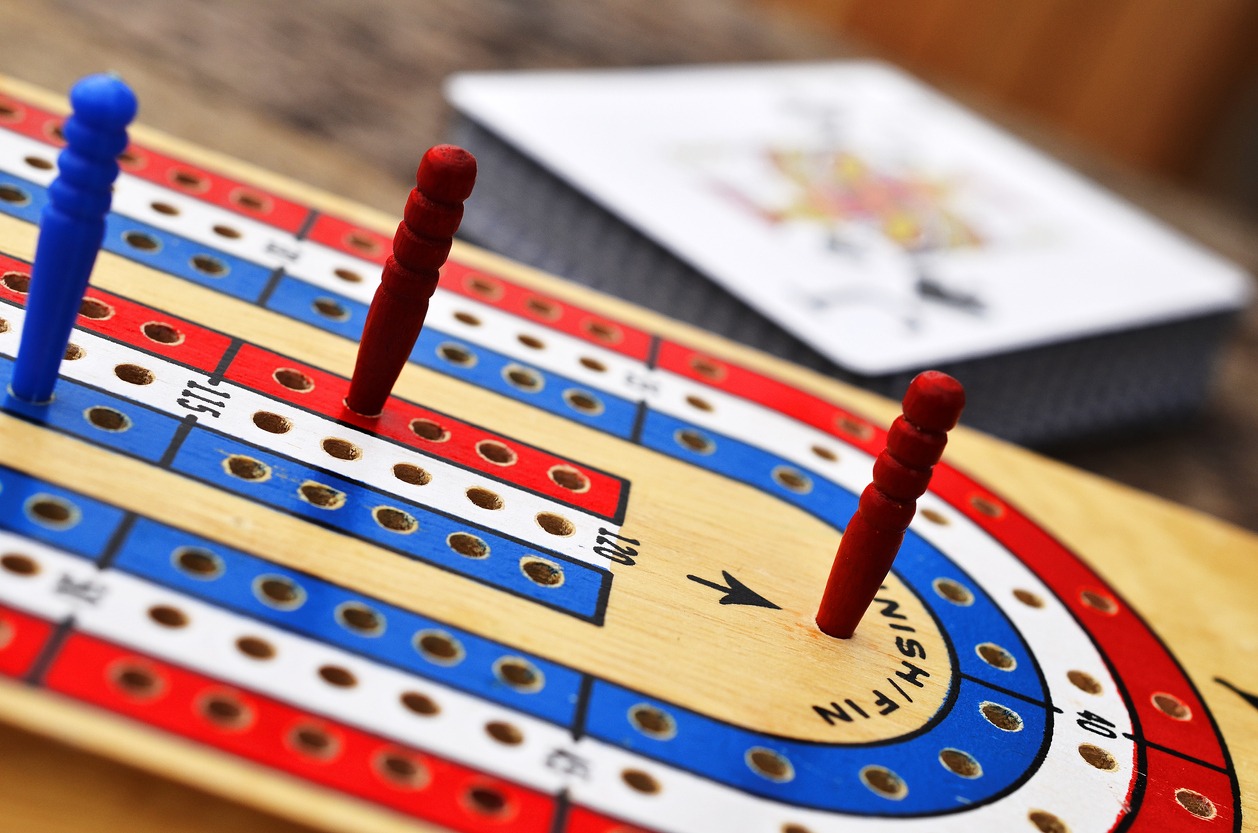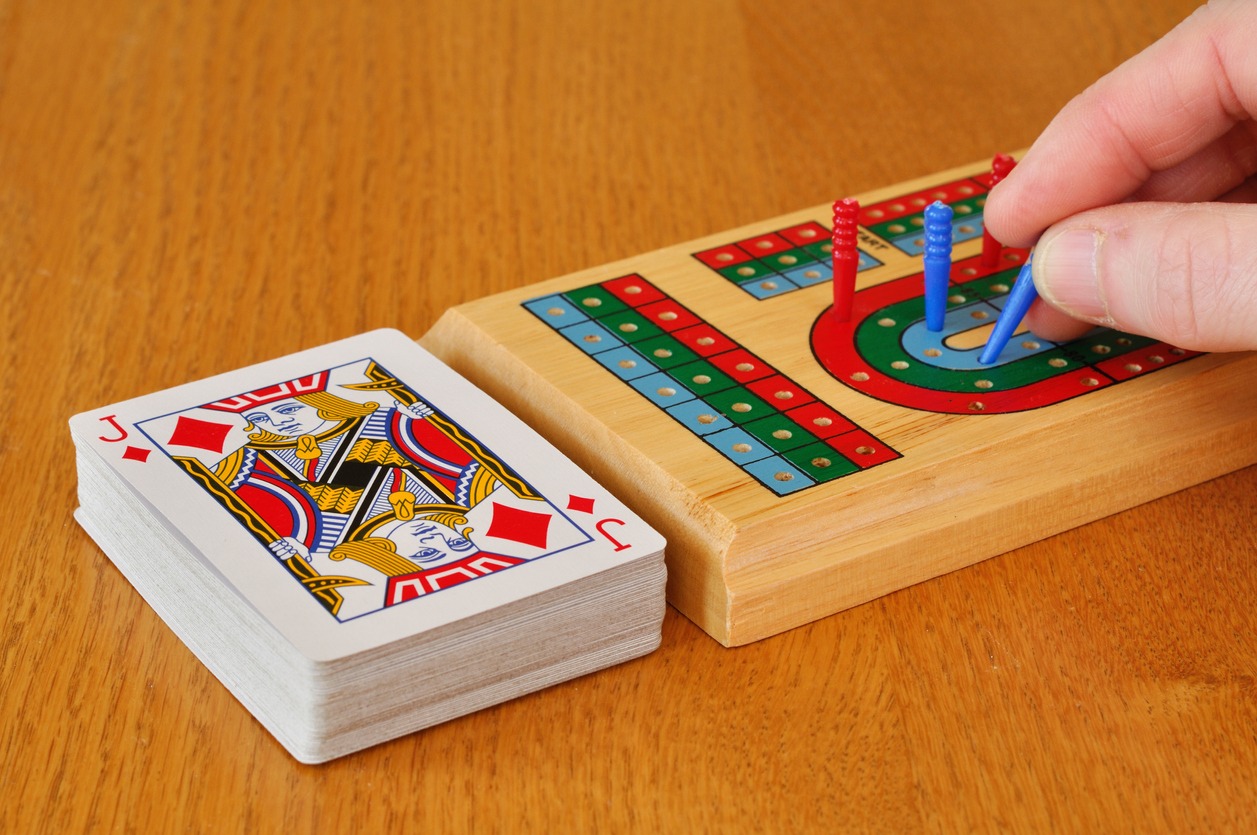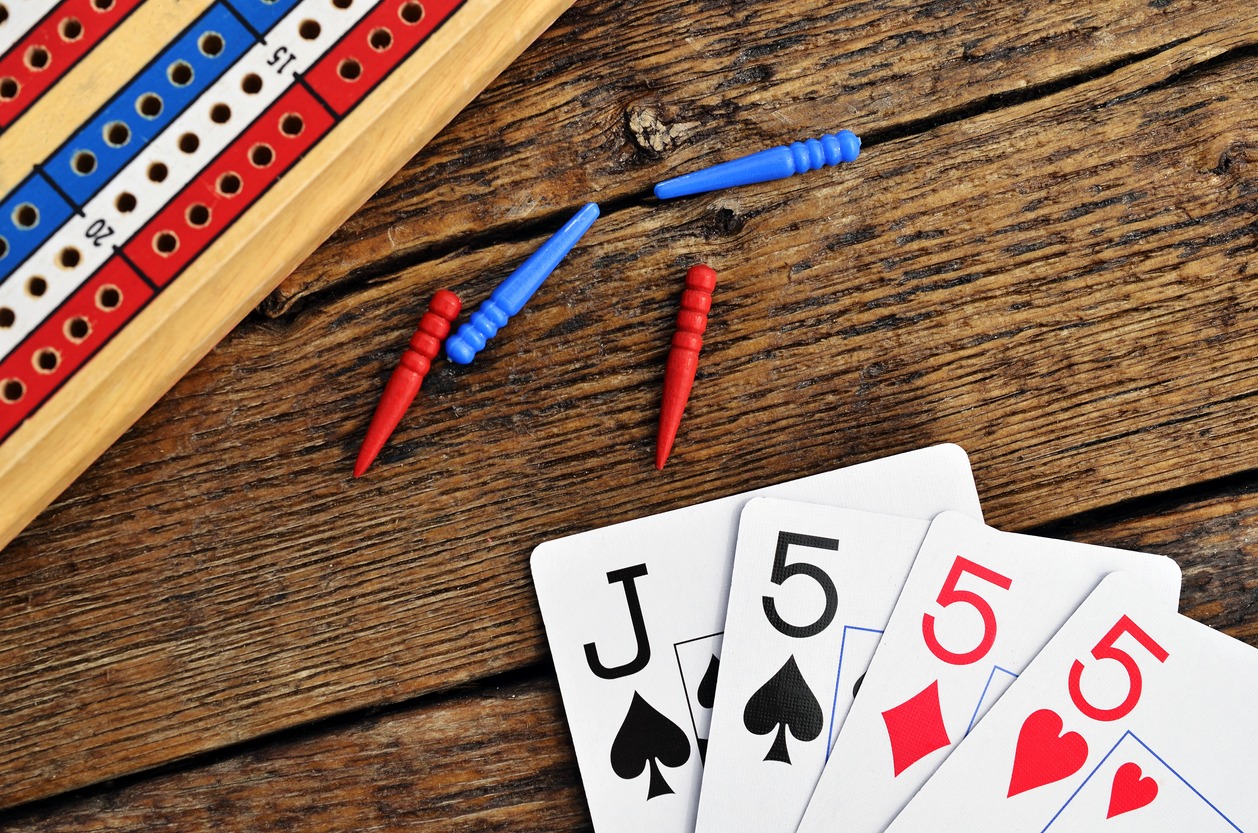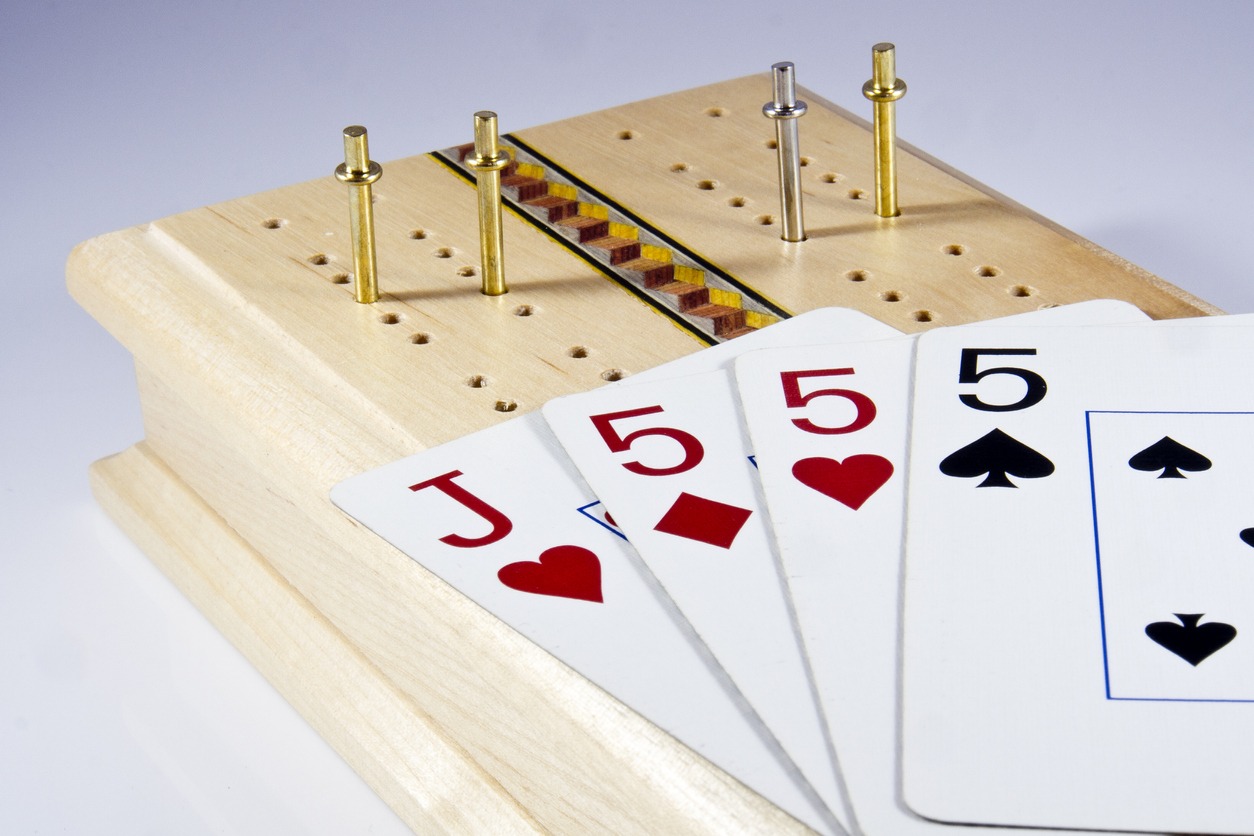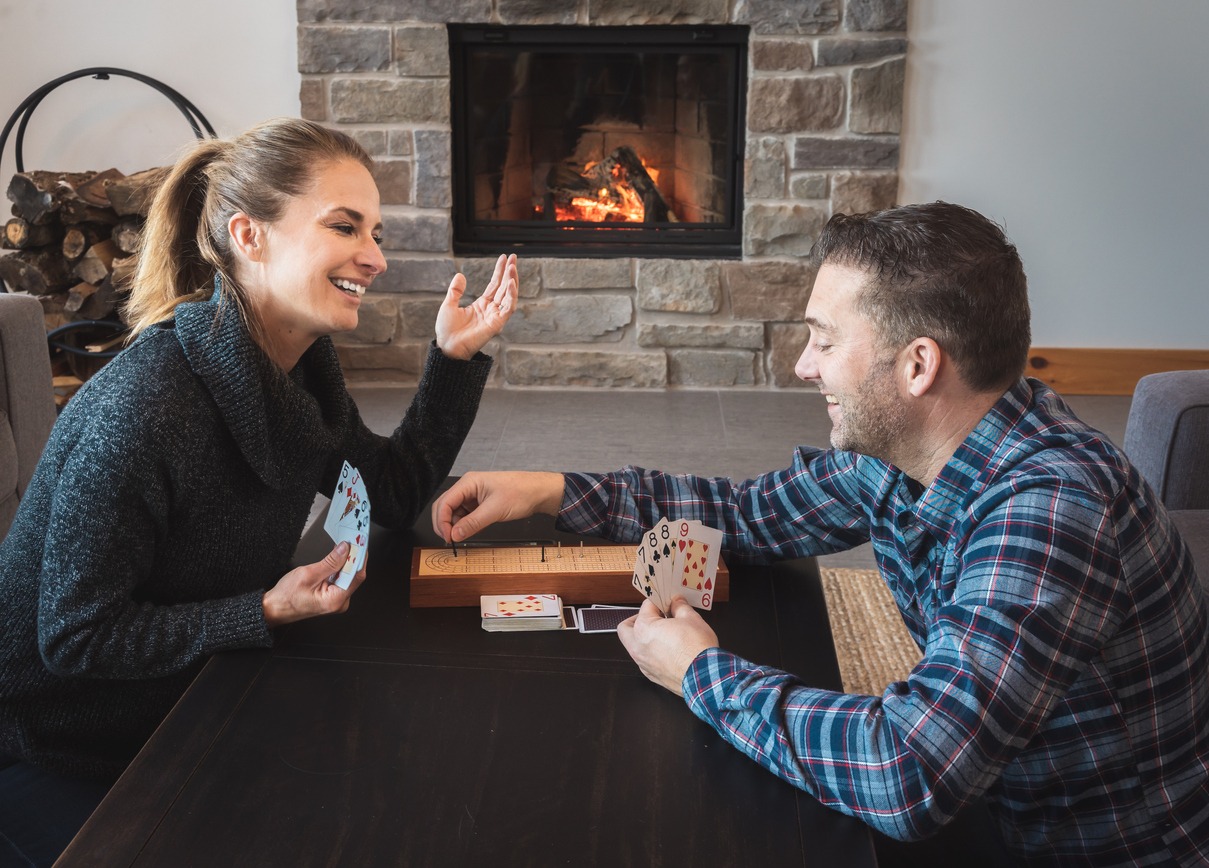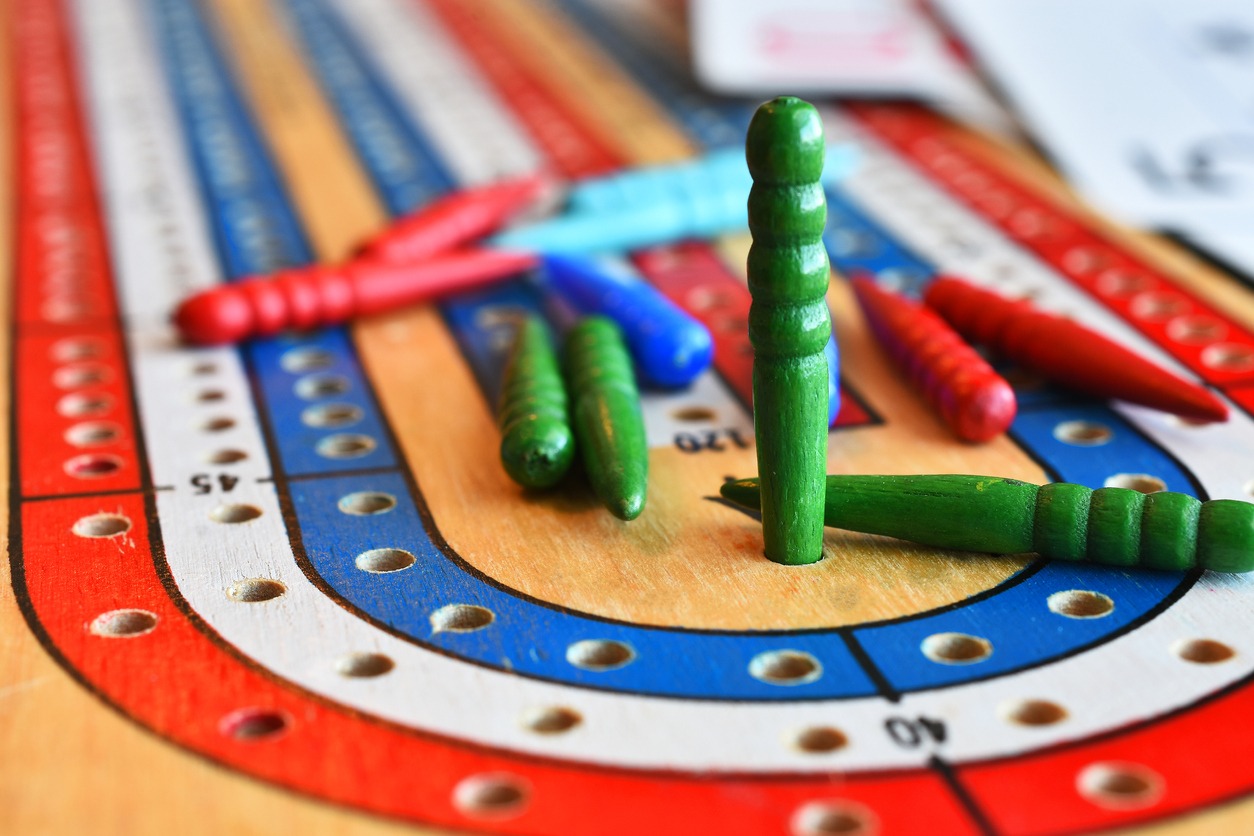Cribbage, the traditional card game, was invented by Sir John Suckling, a wealthy English poet who was inspired by the English game Noddy. Cribbage is a game where skillful discarding and strategic play are tested while players try to predict the deal’s outcome. Instead of keeping score on paper, you may utilize the included Cribbage board, which is one of the game’s many great features. A Cribbage board consists of a rectangular piece of wood with holes. Thanks to the board and peg, there is less room for error while tallying the scores. Here, you’ll get some background information about Cribbage, a well-known card game.
The Fundamentals of Cribbage
Cribbage is mostly a numerical game. As soon as you start making runs or scoring combos with all of your cards, you will begin to accumulate points. Even though it has a solid mathematical foundation, Cribbage is primarily a game of strategy and technique. Because of this, there are moments when you should aim to score and others when you should try to prevent your opponent from scoring. Every game is unique in its way.
For the most part, logic and calculation are unnecessary in this game. Sometimes, one card is the best option, and other times, it would be wrong to play that card. To sum up, there is no way to predict which hand of cards will be superior. Also, a game of Cribbage between two skilled players may be finished in about fifteen minutes.
Several strict standards govern the game of Cribbage. In addition, it features its unique lexicon, which must be learned before you can participate in any meaningful way.
What You Need to Play Cribbage
Cribbage is a card game requiring a Cribbage board, a deck of regular playing cards, and two players, including yourself.
In Cribbage, you score points in either the opening or closing round. The first is determined by the turn of the cards, and the second by the number of points now in your possession. Keeping the score throughout both halves of the contest will be possible.
Game Introduction and Card Distribution
Each player must cut the deck before the game begins; the person who pulls the lowest card does so first and becomes the dealer. In Cribbage, a player who does not deal is known as a “pone.” After then, the deal goes around the table continuously.
In preparation for each hand, the dealer will shuffle the deck and provide it to the pone for cutting. After that, the dealer will hand out six cards to each player face down. The remaining cards will be shuffled and placed face up in the table’s center by the dealer.
After receiving six cards, each player will keep two of them face up and discard the other four. After the dealer has scored, the remaining four cards are placed in the crib to produce the third hand of four cards. However, remember that the four cards in the crib do not affect the initial phase of the game. In contrast to the pone, the dealer now has two hands to amass points.
Deck Cutting
After each player has selected the four cards they wish to keep, the remaining cards in the stock will be divided between them. The dealer then reveals the upcard, sometimes called the beginning card, by flipping over the topmost card of the cut deck. Every player’s hand, including the dealer’s and the pones’, will include this card in their respective three-hand structure. The upcard, however, will be ignored during out-of-hand play. In the game of Cribbage, if the dealer’s upcard is a jack, he gets two points, or “as two for his heels.” Before any cards can be dealt, the dealer must stake their claim to these mugs and make a note of it.
Tracking the Score
There are 30 holes spread over four rows on a cribbage board. The game’s objective is to circle the two rows, much like a horse on an oval during a race. To win, a player must finish all circuits before their opponent. Points are used to go forward to one location. Thus the goal is to collect 121, so you may complete the game.
Reaching the End Post
When the game is nearing its conclusion, it is common practice to ignore the optimal strategy to prevent your opponent from winning. Consequently, those in the lead need to be careful, while those in the chase need to take chances.
To illustrate, say you’re the dealer and holding the cards Q, 8, 7, 5, 2, 8, and both players have 100 points. To get 15 points, you will maintain the 8, 8, 7, and 2 while discarding the Q and 5. And when the opening six is revealed, you know you have 14 points and a good crib. In this play, you need a couple of points to win. If you don’t get to 121 on this hand, you can use the opening hand of the next game as a pone on the next deal. That’s why it’s crucial to attack the play with as little risk of throwing up points as possible.
Strategy for the Crib
The dealer should throw the best cards possible when discarding cards for the crib, but they should also keep good cards in their hand for high-scoring situations. On the other hand, the pone tries to arrange the cards so that the dealer benefits the least. Do not risk laying down a 5, as the dealer can use it to create 15 with any of the tens. It is also not a good idea to lay down a pair or to place sequential cards like 6 and 7 cards in the crib. As they are more challenging to utilize in a run, cards like aces and kings are often suitable candidates for the crib.
Strategy for the Play
As may be guessed, the number five is the worst possible lead because the opponent can use so many tens to build a fifteen. It’s wise to lead with a pair, as the follower may still produce a pair royal by playing the second matching card from their hand. Do not lead an ace or deuce; these cards are better used later in hand to complete a stronger hand, such as a 15, 31, or even a “Go.” Since this card cannot be utilized to generate a 15 on the very next round, leading with a 4 is the safest option. Last but not least, if the opponent leads a card that may either be a pair or make a 15, it is preferable for the latter option to be used. It is not a good strategy to go for a count of 21 during the play since this allows the dealer to play one of the numerous 10-value cards and score two points by making a total of 31.
It’s exciting to guess what cards your opponent has in hand when you play Cribbage. You can make a bet that isn’t as far-fetched as it seems based on probability if you consider the cards in your hand and, most importantly, the first card or two your opponent has played. Cribbage is a timeless classic because it offers the appropriate balance of luck and strategy, allowing everyone to play and have a fair shot at winning while rewarding players who take the time to weigh their options and consider all possible outcomes properly.
